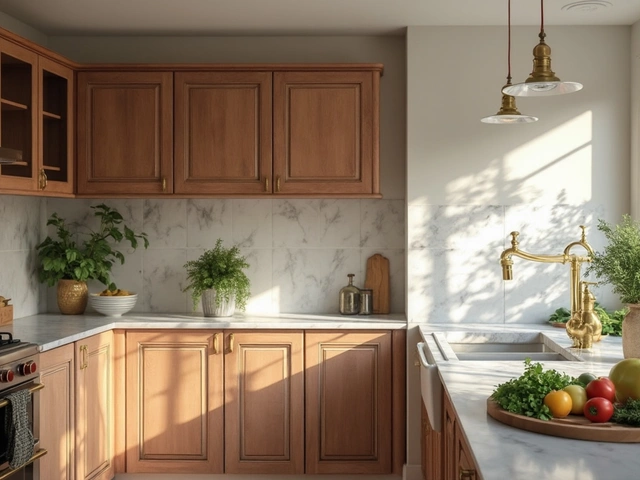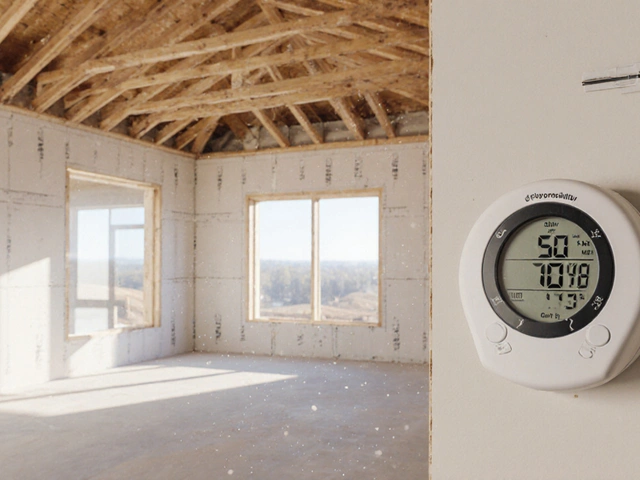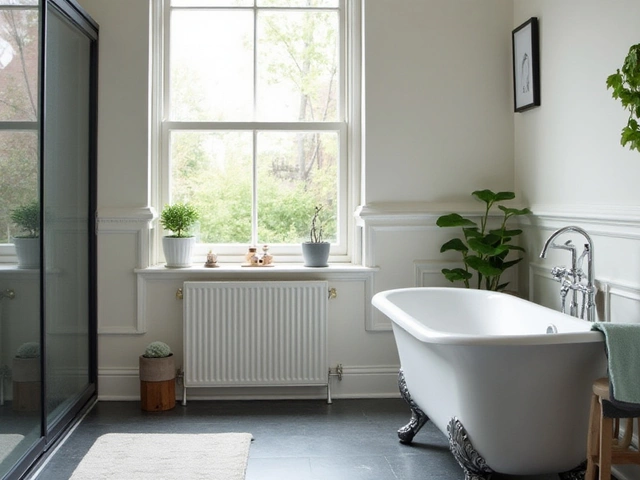Mold Prevention Tips for New Builds and Renovations
Got a fresh build or a big remodel on the horizon? The last thing you want is to discover black spots on the wall months later. Mold loves moisture, so cutting the water source early saves you time, money, and a lot of headaches. Below are the most effective, easy‑to‑apply steps you can start right now.
Seal the Envelope Before the First Finish
Think of a house as a bag. If the bag has holes, any water that gets in stays inside and creates the perfect breeding ground for mold. Here’s how to make that bag airtight:
- Use a vapor barrier. Lay a 6‑mil polyethylene sheet on every floor, especially concrete slabs. Overlap seams by at least 12 inches and tape them securely.
- Choose low‑absorptivity materials. Opt for closed‑cell spray foam instead of traditional fiberglass insulation in walls and crawl spaces. Closed‑cell foam not only insulates but also blocks moisture migration.
- Check your windows and doors. Install compression seals and make sure all frames are well‑caulked. Even a tiny gap can let rain‑driven wind bring in damp air.
When the building envelope is tight, water can’t sneak in, and mold has nowhere to set up shop.
Control Interior Humidity and Ventilation
Even a perfect envelope can fail if indoor air stays damp. Humidity above 60 % is a red flag. Keep it lower with these habits:
- Run exhaust fans. Kitchen, bathroom, and laundry rooms need fans that vent directly outside, not into the attic.
- Invest in a good dehumidifier. In damp climates, a unit that can pull at least 30 pints a day will keep basements and crawl spaces dry.
- Dry clothes outdoors or use a vented dryer. Moisture from indoor drying can raise humidity fast.
- Open windows on dry days. Fresh air helps flush out hidden moisture.
Combine proper ventilation with a thermostat set between 68‑72 °F; that range discourages condensation on cold surfaces.
Finally, watch for hidden water sources. Leaky pipes, faulty roof flashing, or an improperly graded yard are common culprits. Regularly inspect around foundations, especially after heavy rain, and fix any drips immediately.
By sealing the building envelope, managing indoor humidity, and staying on top of leaks, you create an environment where mold simply can’t survive. These steps cost far less than a professional remediation later, and they keep the indoor air safe for you and your family.
Smart Strategies to Prevent Mold in New Builds

Mold prevention in new constructions is crucial to ensure durability and a healthy living environment. With the right design choices, materials, and techniques, new homeowners can effectively safeguard against mold issues. It's essential to understand moisture sources and control strategies to keep your home mold-free. From proper ventilation to selecting moisture-resistant materials, effective mold prevention is about getting the basics right from the start.
read more



